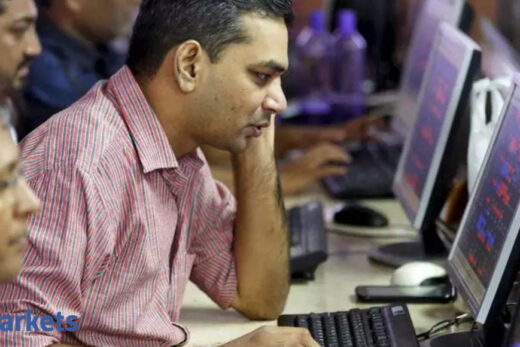But, if by any chance, you have to hold the same stocks for medium to long term, you might be in for some bad experience. At least, that’s what past data is telling you.
A dataset compiled by Mumbai-based brokerage KR Choksey Investment Managers suggests barely 8 per cent, or one in every 13, IPOs launched since 2001 have grown more than five times till February 2021.
Among those which managed to achieve the feat, 75 per cent were listed before 2010, meaning it took them over 10 years to do so.
“In the short term, listing gain is the only attraction, but from an investment perspective, one should look at such issues from a medium- to long-term perspective. Issue selection is the key here,” said Deven Choksey, Managing Director of KR Choksey Investment Managers.
Eye-popping listing gains for recent Dalal Street debutants have generated a lot of interest among investors in initial public offerings (IPOs). They have also raised expectations, with investors craving for multibaggers returns from each issue. If you are one of them, be prepared to be disappointed.
The dismal record of the IPOs is perhaps the reason value investors refrain from taking exposure to them, as they find most of them are overpriced.
If one were to go by the recent trend, they may not be far from the truth, notwithstanding the lofty listing pop and grey market premium.
For example, Craftsman Automation IPO, bidding for which ended on Wednesday, was priced at 73 times its earnings! Laxmi Organic was priced at 49 times its EPS and Easy Trip Planners 59 times.
Yet, IPO investors’ fancy for these issues reminds one of a famous Warren Buffett quote: “It’s almost a mathematical impossibility to imagine that out of the thousands of things on sale on a given day, the most attractively priced is the one being sold by a knowledgeable seller (company insiders) to a less-knowledgeable buyer (investors).”
Blame it on the bull market euphoria, cheap money supply or simply the greed of merchant bankers, but the fact is, investors are willing to pay such exorbitant multiples. But will they be willing to pay such multiples in the future as well, if earnings do not grow in tandem, is the million dollar question.
“Betting on even the best of businesses in an auction can rarely fetch good returns quickly, leave alone fetching multibagger returns. In other words, IPOs are rarely a bargain in terms of valuations. Plus, unknown businesses can always carry hidden risks,” said Tanushree Banerjee Co-Head of Research at Equitymaster.
At the same time, IPOs of solid businesses, if reasonably priced, should not be ignored by long term investors, she said.
Data provided by wealth management firm MyWealthGrowth.com shows among the IPOs that hit the market between 2015 and 2020, the average CAGR across return for the 108 companies that got listed during this five year period stood at 8 per cent. That, when the average levels of oversubscription of these issues stood at 34 times, which means these issues actually got reasonable attention from investors.
Out of 108 IPOs, 53 generated positive CAGR (average CAGR of +36 per cent) over the last five years while 55 companies gave negative returns (average CAGR of -19 per cent) during this period. This clearly tells us not all the companies getting listed will turn out to be good long-term bets.
“It is important to decide how much you are willing to pay for the anticipated growth of these companies and how long you will be willing to hold them. These companies will take time to invest the capital raised and generate returns for investors. Just looking at IPOs from a listing gain perspective and judging them on that basis for the long term won’t work,” said Harshad Chetanwala, Co-Founder, MyWealthGrowth.com.
The problem is accentuated for retail investors, if a company comes from a new industry.
Pranav Haldea, MD at PRIME Database, in a recent conversation with ETMarkets.com, said some of the recent IPOs are from new age industries and have no listed peers, making it difficult to value them.
“When there are no listed peers, investors need to be even more wary. As retail investors, no matter whether an IPO is priced in the Rs 100-200 or Rs 1,000-1,500 band, there is no way to figure out whether they are offered at good valuation or poor valuation. In most cases, retail investors would end up taking the cue from institutional investors,” said Haldea.
Since 2004, Dalal Street has seen 479 IPOs with offer sizes of more than Rs 50 crore and raised about Rs 3.8 lakh crore. As much as 74 per cent of such IPOs have underperformed Nifty in the last 15 years, and 54 per cent are today trading below their listing prices, meaning they hardly made any money for early investors.


